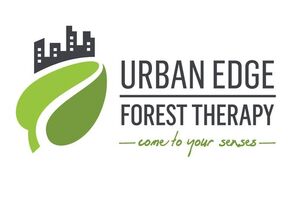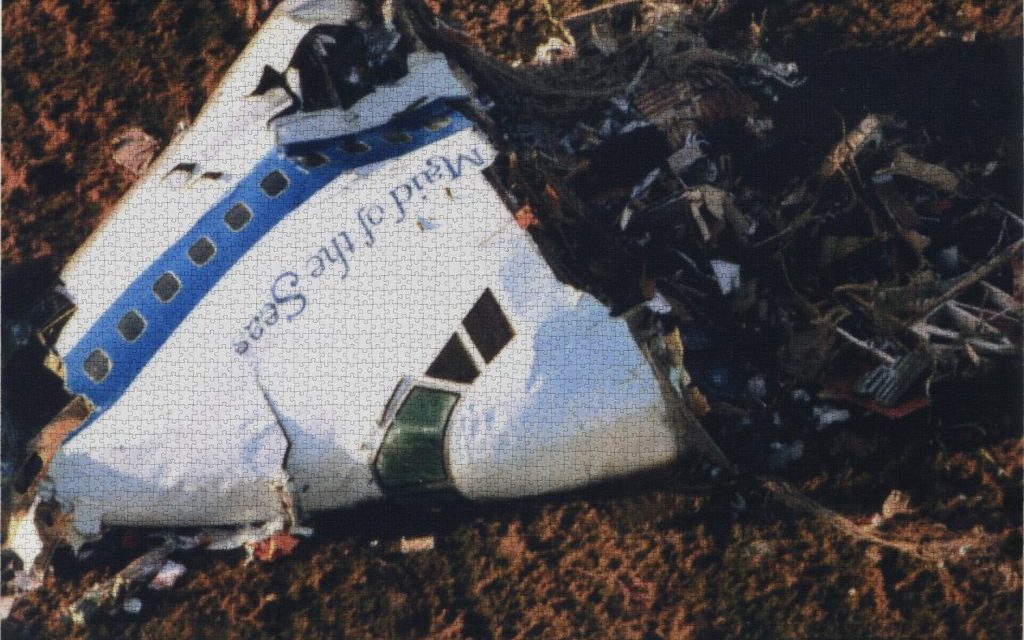|
Seventeen years ago airplanes struck the Twin Towers. Over three thousand lives were lost, including those who perished on the hijacked flight aiming for the Pentagon, with the hearts and minds of thousands of friends and loved ones forever wounded.
In the words of young children, my own included, it was the day “the airplanes flew into the buildings”. If that simple statement elides the tragic loss of lives, it also magnifies the subverted features of a human-created landscape: passenger planes weaponized as bombs, towers so tall that planes could fly into them. We know the tragedy of September 11th was the result of highly coordinated, brutally callous human intention, and in this way the event stands alone. And yet, in exposing how some of our greatest creations can be put to monstrously distorted use, it calls out how contemporary, human-created landscapes can induce a feeling of mortal fear. With depictions of sweeping vistas and craggy mountaintops, landscapes have long been depicted in ways that conjure terror, a concept known as the aesthetic sublime. In the mid-19th Century, John Ruskin lauded the aesthetic sublime of J.M.W. Turner’s paintings and their shift from the purely natural settings and less abstract works of other artists. Turner’s atmospheric skies and industrialized landscapes trending toward abstraction provided a catharsis-inducing experience of viewing the scale and power of nature as well as burgeoning industry. In connection with an exhibit this past spring at New York University’s Grey Art Gallery,“Landscapes After Ruskin: Redefining the Sublime”, artist Chris Wiley in his essay “From the Furious Sea to the Integral Accident” posits the notion of “a new sublime”, a concept of the sublime that has evolved with our relationship to nature in a post-industrialized era. Wiley’s “new sublime” includes nuclear annihilation, catastrophic climate change, out-of-control technological advancement, and terrorism. Notes Wiley, humankind has always encountered threats. In previous eras the threats were from warring tribes, disease, dangerous animals, and naturally-occurring environmental events, such as drought, flooding, earthquakes and volcanoes. In our era, we face existential threats of our own creation. In the words of the philosopher Paul Virilio, describing what he termed “the integral accident”, “When you invent the ship, you also invent the shipwreck; when you invent the plane, you also invent the plane crash…. Every technology carries its own negativity, which is invented at the same time as technological progress.” Nearly two centuries ago it was the scale and power natural landscapes and forces that provoked a sense of the sublime, a sensibility that emerged in tandem with the industrial revolution: as humans exerted greater control over landscape, the fear-inducing aspects of extreme natural settings could be regarded from a growing sense of safety in the surrounding rural landscape. In our Anthropocene Era, landscapes and conditions of our own making conjure a “New Sublime”, or in the words of Joel Sternfeld, photographer and curator of the “Landscapes After Ruskin” exhibit, the “Calamitous Sublime”, and one in which perhaps is not paired with the relative sense of safety in one’s own surroundings. May we have the courage and awareness to recognize how some of our very best creations carry their own negativity, and let us hope we can find ways to manage such risks.
1 Comment
|
About this Blog
Hi! I'm Nancy Kopans, founder of Urban Edge Forest Therapy. Join me on an adventure to discover creative ways to connect with nature in your daily life, ways that are inspired by urban surroundings that can reveal unexpected beauty, with the potential to ignite a sense of wonder. Archives
April 2023
Categories
All
|


 RSS Feed
RSS Feed